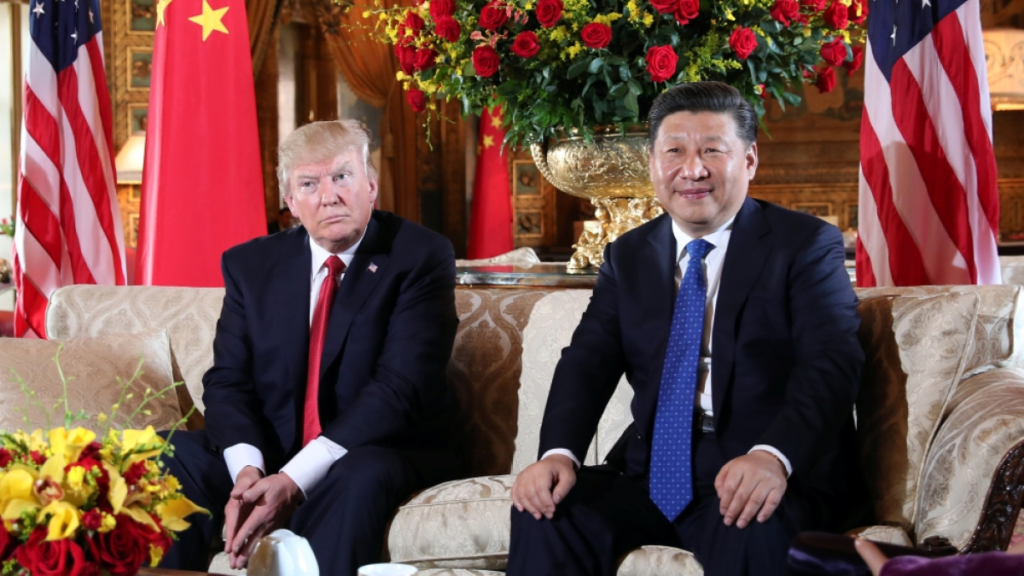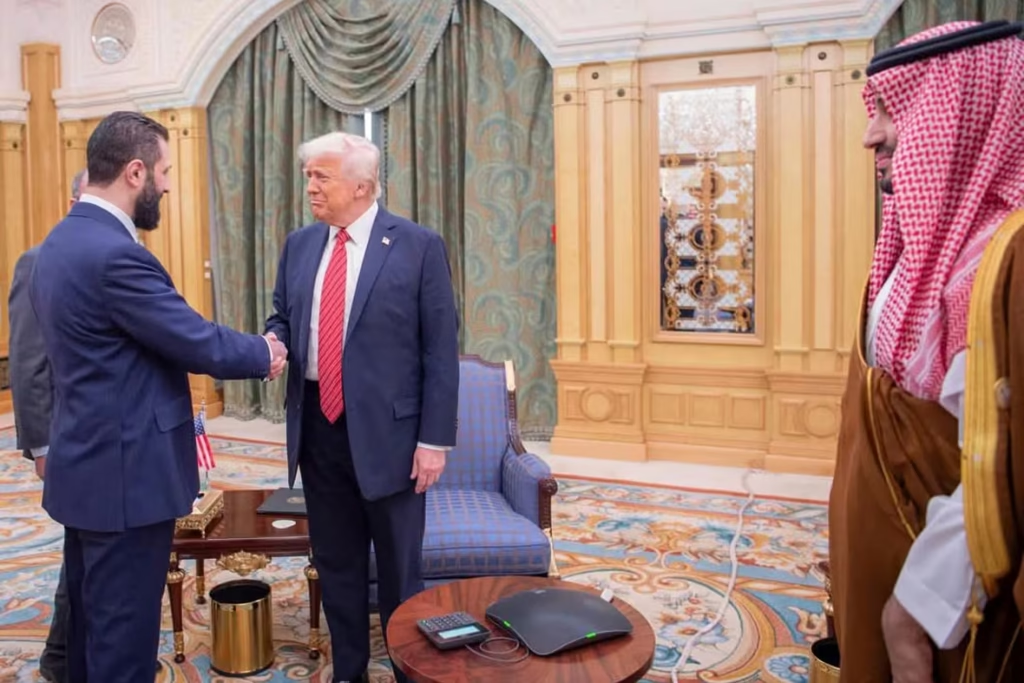2025 will be remembered as a pivotal year in 21st-century trade diplomacy thanks to the Trump-Xi summit in Busan. At a time when economic growth had begun to sag under the strain of tariffs, tech restrictions, and geopolitical posturing, an unexpected breakthrough between the United States and China upended months of brinkmanship and uncertainty. For millions of manufacturers, energy companies, and everyday consumers, the resulting Trump Xi trade deal 2025 promises to reshape the global landscape—especially through landmark U.S.-China tariff reductions and a game-changing deal on rare earths.
The Backdrop: Years of Economic Tension
Since 2018, the world’s two largest economies have volleyed $100s of billions in tariffs, locked horns over 5G and chips, and grown wary of each other’s supply chains. Manufacturing costs spiraled as sanctions hit everything from semiconductors to sneakers. The rare earths market, dominated by China, became a strategic flashpoint as U.S. clean tech and defense industries clamored for secure supplies. By late 2024, supply bottlenecks and inflation forced leaders to reconsider their hardline stances—the stage was set for a reset.
The Trump-Xi Summit: Key Outcomes
The 2025 Busan summit brought a wave of US China tariff reduction news and policy shifts with global consequences. Here’s what was agreed:
1. Tariff Rollback
- Headline: Both sides agreed to remove or rollback significant tariffs, returning average rates close to pre-trade war levels for priority goods.
- What it covers: Textiles, electronics, agricultural products, industrial machinery—relief for core sectors battered by years of escalation.
- Timeline: Reductions will phase in through Q1 and Q2 2025, with progress reviewed after each quarter.
2. Rare Earths Reliability Protocol
- The deal: China commits to stable, transparent supply of rare earths to approved U.S. and allied companies, monitored by an independent Geneva-based trade body.
- Strategic impact: U.S. and global manufacturers gain renewed access to critical minerals for EVs, smartphones, and defense, while China cements its role as a responsible steward instead of an unpredictable gatekeeper.
3. New Investment Frameworks
- Rules to ensure foreign direct investment meets national security criteria without arbitrary blockages—smoothing outflows for cross-border M&A, R&D, and joint ventures, especially in green technology and healthcare.
Winners and Losers: Who Gains Most?
Winners
- Global manufacturers: Lower import/export costs will help companies from Detroit and Dongguan restore margins, speed production, and spur new capital investment.
- Tech companies: Expect renewed collaboration on AI, 5G, semiconductors; fewer disruptions for hardware start-ups and established multinationals alike.
- Consumers: Supply chain normalization and tariff cuts will slowly lower prices on phones, laptops, everyday electronics, and even groceries.
- Rare earths-dependent sectors: EVs, wind turbines, and defense contractors now face fewer shortages and cost spikes.
Losers
- Protectionist political blocs: Some labor and national security hawks worry local businesses will lose out to lower-cost imports and offshoring.
- Nonparticipating nations: Some third countries not party to the rare earths deal may find themselves at a strategic disadvantage.
The Global Ripple Effect
World markets have already responded with soaring equities in automotive, electronics, and raw materials. Governments from the EU to ASEAN are seeking their own updated trade terms, lest they be left behind as the world’s two economic giants move closer.
- Emerging markets: Southeast Asia and Latin America, often pinched by supply chain rerouting, could see new investment and shorter path-to-market timelines as global trade flows normalize.
- Investment & R&D: With clearer rules and less uncertainty, cross-border joint ventures and research spending are expected to rebound sharply.
- Energy transition: Stable access to rare earths empowers nations to scale up renewables and battery factories, with positive effects on climate goals.
Caveats and What to Watch
- Enforcement: The rare earths agreement will be closely monitored for compliance; a breakdown could swiftly reignite trade hostilities.
- Domestic politics: As 2025 election cycles heat up, expect pushback from those who benefitted from protection and skepticism about long-term impacts.
- Global supply chain resilience: Restructuring won’t be instant—manufacturers remain wary about over-reliance on any single country for critical materials.
Strategic Lessons: Is This a Lasting Shift?
This Trump Xi trade deal 2025 marks a significant de-escalation, but it’s not a full return to globalization’s golden age. Both nations retain strategic levers and a healthy dose of mutual distrust. However, with climate change and the energy transition accelerating, and with developing markets demanding better access and pricing, the world simply cannot afford the friction and cost of sustained economic war.
The rare earths deal signals something bigger: even in a multipolar world marked by rivalry, certain global goods—energy, climate tech, pandemic response—demand unprecedented cooperation.
Conclusion: An Era of Pragmatism? With the US China tariff reduction news and rare earths breakthrough, Busan 2025 will likely be remembered as a moment when economic pragmatism overtook confrontation, at least temporarily. For factories in Ohio, Shenzhen, or Munich, for teenagers buying smartphones, and for governments plotting a net-zero future—it’s a turning point that proves diplomacy and compromise can still reset the rules, even in an era of geopolitical stress.


